Understanding Web3: The Future of Decentralized Web
Content Outline:
Introduction
- Explanation of Web3 and its significance
1. Understanding Web3
- Definition and characteristics of Web3
- Key technologies driving Web3 (blockchain, smart contracts, decentralized storage)
2. Advantages of Web3
- Enhanced security and privacy
- Reduction in intermediaries and costs
- Transparency and immutability
3. Web3 Use Cases
- Decentralized finance (DeFi)
- Decentralized identity management
- Supply chain management
- Social media and content sharing platforms
4. Challenges and Limitations
- Scalability issues
- User adoption and education
- Regulatory and legal considerations
5. Future Outlook and Trends
- Integration with Internet of Things (IoT)
- Impact on traditional industries
- Potential benefits for developing countries
Conclusion
- Summary of Web3's potential and impact
Related Questions:
- What is Web3 and how does it differ from Web2?
- What are the key technologies enabling Web3?
- What are the main advantages of adopting Web3?
- What challenges does Web3 face and how can they be overcome?
Detailed Explanation of Each Question:
1. What is Web3 and how does it differ from Web2?
Web3 refers to the vision of a decentralized web, powered by blockchain technology and smart contracts. Unlike the current web (Web2), which relies heavily on centralized intermediaries, Web3 aims to give users more control over their data and eliminate dependency on third-party platforms.
This section will explore the key characteristics and differences between Web3 and Web2, emphasizing the shift towards decentralization and the implications for data ownership, privacy, and control.
2. What are the key technologies enabling Web3?
Web3 relies on several key technologies to realize its vision. This section will provide an overview of these technologies, including blockchain, smart contracts, and decentralized storage. It will explain how they work together to create a more secure, transparent, and decentralized web.
3. What are the main advantages of adopting Web3?
This section will discuss the benefits that Web3 offers compared to traditional web systems. It will cover enhanced security and privacy through encryption and decentralization, reduced reliance on intermediaries leading to lower costs, and the transparency and immutability provided by distributed ledgers.
4. What challenges does Web3 face and how can they be overcome?
The adoption of Web3 also comes with its own set of challenges. This section will explore the scalability issues faced by blockchain technology, the need for user education and adoption, and the regulatory and legal considerations surrounding decentralized systems. Potential solutions and strategies to overcome these challenges will be discussed.
5. What is the future outlook and trends for Web3?
Looking ahead, Web3 is expected to have a significant impact on various industries and global connectivity. This section will explore the integration of Web3 with the Internet of Things (IoT), potential benefits for developing countries in financial inclusion and data ownership, and how traditional industries may adapt to the decentralized web.
Conclusion
In this concluding section, the key points discussed throughout the document will be summarized, emphasizing the transformative potential of Web3 in ensuring a more decentralized, secure, and user-centric web.



